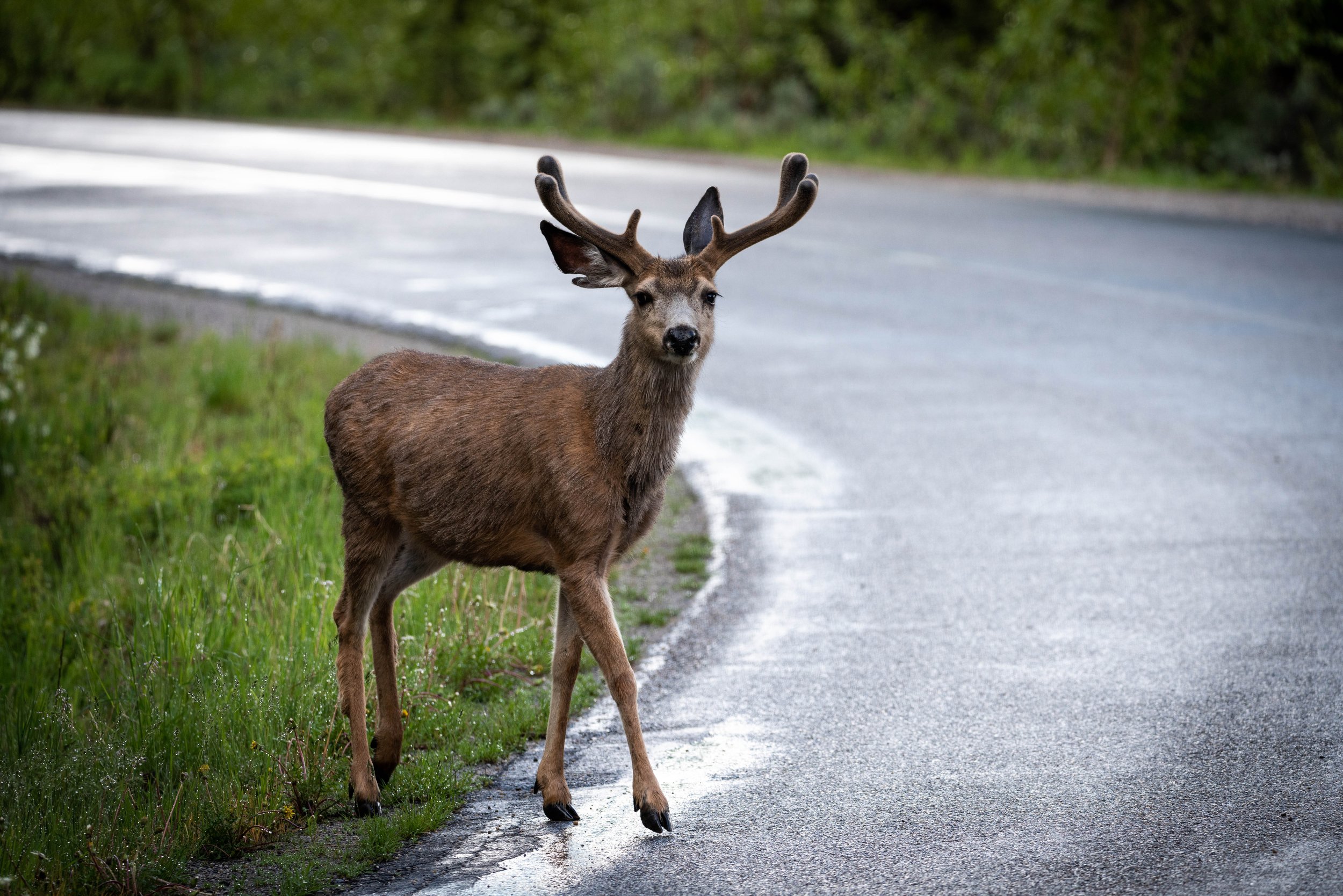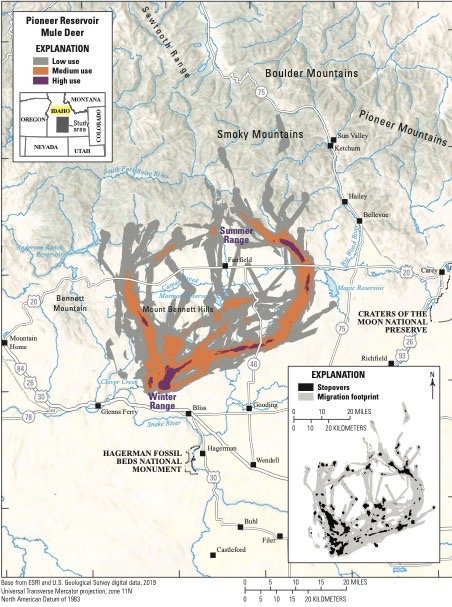New BLM Guidance Will Ensure Habitat Connectivity, Conserve Wildlife Migrations
Last week, the Bureau of Land Management received new guidance that will ensure habitat connectivity for fish and wildlife populations by working collaboratively with state fish and wildlife agencies, Tribes, and private landowners.
The Instructional Memorandum outlines how the BLM will consider fish and wildlife movements as well as habitat connectivity in comprehensive land use planning processes and individual projects moving forward.
Specifically, the IM states that the BLM will work with states and Tribes to complete an assessment of public lands to determine areas that provide species movement, migration, and stopover sites in order to prioritize management of habitat connectivity. The BLM will then use this information to guide new land use planning efforts by developing objectives and management direction for habitat connectivity in those identified areas. For individual projects that are proposed on BLM-managed lands, the agencies must consider ways to avoid adverse impacts to habitat connectivity areas.
The IM also directs the BLM to engage in proactive habitat conservation and restoration, such as fence removal, construction of wildlife crossings, and fish passage improvement projects.
Mule Deer crossing road. Photo by Grand Teton National Park, NPS/Adams
What Does This Mean for Idaho’s Deer and Elk?
There are countless examples of Idaho’s deer, elk, and moose migrations, all of which are special in their own right. Each migrating herd endures their own challenges along the way- whether it be highways, human development, fragmented habitat, or pressure from recreationists. We must first understand what those challenges are in order to take management action to preserve these migrations for the health of our herds.
Take the Pioneer Reservoir Mule Deer herd for example. Radio collar data over several years show that these mule deer spend summers outside of Hailey and Ketchum, then travel almost 50 miles to reach their winter range just outside of Glenns Ferry. During their 24-26 day migration, some deer cross over both Highway 20 and Highway 46. The USGS’ Ungulate Migrations of the Western United States, Volume 1 concluded that Pioneer Reservoir Mule Deer’s seasonal movement pathways may be influenced by energy development and transportation infrastructure, whereas winter habitats are changing due to fire and exotic grasses.
The Pioneer Reservoir Mule Deer herd is a perfect example of how the BLM can use this data and apply the new guidance on the ground to conserve habitat connectivity, wildlife migrations, and restore landscapes in need.
Pioneer Reservoir Mule Deer Migration. Credit: United States Geological Survey.
IWF is hard at work to ensure that new BLM Resource Management Plans in Idaho incorporate the best available science for our fish and wildlife species. The United States Geological Survey’s Ungulate Migrations of the Western United States Volume 1 and Volume 2, as well as Idaho Department of Fish & Game’s State Wildlife Action Plan are tremendous resources to aid federal agencies in understanding the needs of priority fish and wildlife species as they develop plans for the management of public lands for the next 30 years.
“This new guidance from the BLM can take the USGS and Idaho Department of Fish & Game’s cutting-edge science on wildlife migrations and movement and put real conservation measures into play,” said Brian Brooks, Executive Director of Idaho Wildlife Federation. “We have to provide our pronghorn, mule deer, and elk not only with high quality habitat to thrive, but also with a way to reach that habitat throughout the year, free from fragmentation or disturbances. We applaud the BLM’s commitment to partnerships with state wildlife agencies, Tribes, and private landowners to make habitat connectivity a centerpiece in land management decisions.”
Featured photo: USFWS Mountain-Prairie


